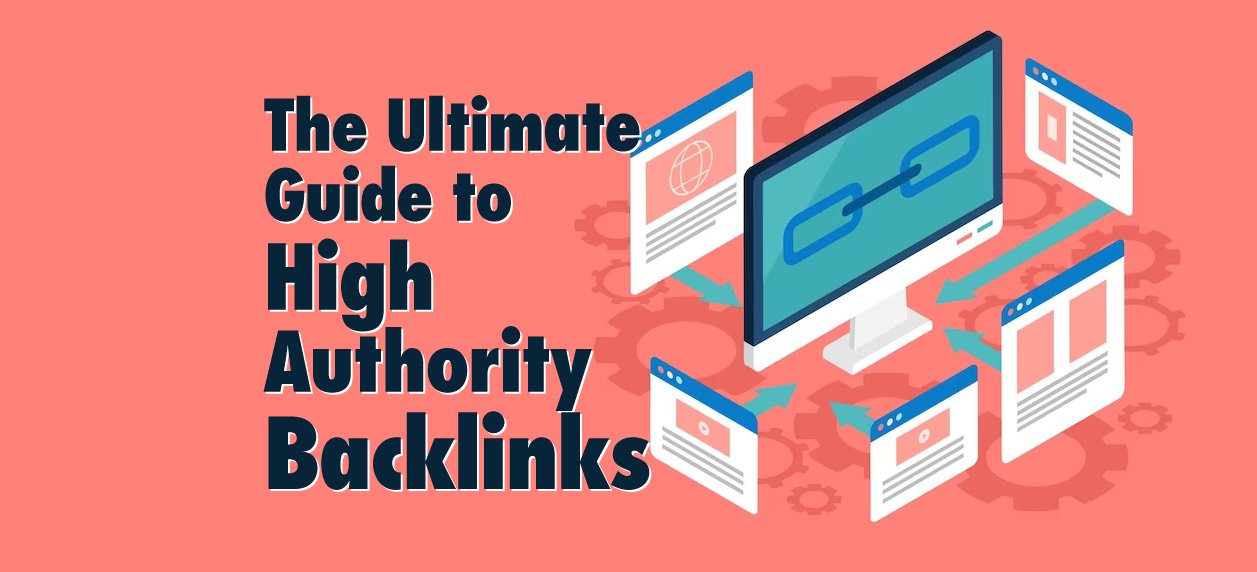Social listening is the practice of monitoring social media platforms for mentions, conversations, and trends related to your brand, industry, and competitors. By actively engaging in social listening, you can gain valuable insights into your audience's preferences, needs, and sentiments.
Here's how to effectively implement social listening strategies to enhance your online marketing strategy and boost sales conversion rate:
- Keyword Tracking: Set up keyword alerts for terms relevant to your industry, products, and brand. For instance, a fitness equipment company might track keywords like “home workout,” “exercise gear,” and their brand name to uncover relevant conversations.
- Competitor Analysis: Monitor mentions of your competitors to understand how customers perceive them. Identify their strengths and weaknesses, and use this information to refine your own offerings.
- Sentiment Analysis: Analyze the sentiment of conversations surrounding your brand. Are customers generally positive, negative, or neutral? Understanding sentiment can help you address concerns and capitalize on positive feedback.
- Identify Pain Points: Look for recurring complaints or concerns mentioned by customers. This can highlight areas where your products or services might need improvement.
- Discover Trends: Social listening can help you identify emerging trends and topics within your industry. Staying ahead of these trends can position your brand as a thought leader and enable you to adapt your offerings accordingly.
- Engage in Conversations: Don't just passively observe – actively engage in conversations. Respond to customer inquiries, address concerns, and participate in relevant discussions. This demonstrates your brand's commitment to customer satisfaction.
- Feedback Loop: Use social listening to gather feedback on your products or services. Incorporate this feedback into product improvements or new offerings to better meet customer needs.
- Identify Influencers: Identify individuals who frequently discuss topics related to your industry. Engaging with these influencers can lead to partnerships or collaborations that drive awareness and sales.
- Customer Insights: Use social listening to understand your audience's demographics, interests, and behaviors. This information can guide your content creation and marketing strategies.
- Geo-Targeting Opportunities: Discover conversations specific to certain regions or locations. This can help you tailor your marketing efforts to cater to local preferences.
- Crisis Management: Social listening can help you identify potential PR crises early on. By addressing concerns promptly, you can prevent negative situations from escalating.
- Feedback Utilization: Showcase how you're incorporating customer feedback into your offerings. This transparency builds trust and shows that you value your customers' opinions.
Effective social listening requires the use of social media monitoring tools to track and analyze conversations across various platforms.
By implementing these strategies, you can gain valuable insights that inform your marketing and sales strategies, ultimately driving higher sales and customer satisfaction.




